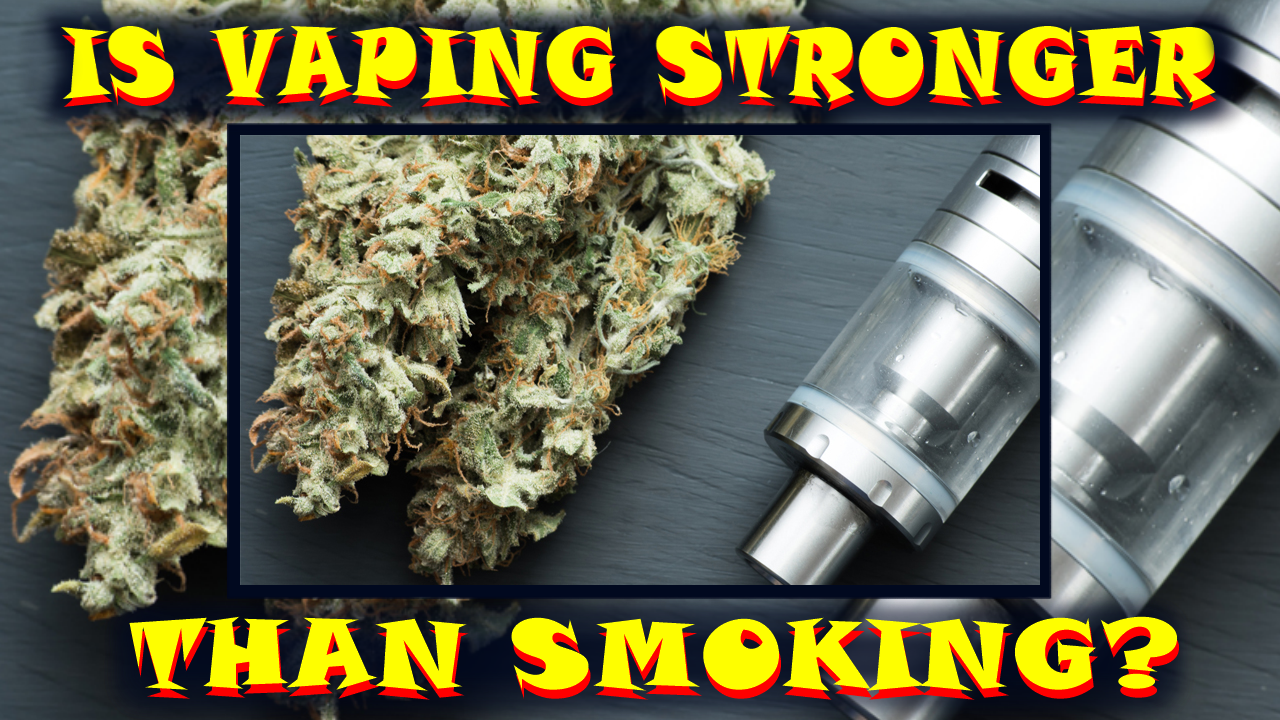Vaping vs. Smoking Cannabis: A Comparison of Potency
Cannabis consumption has evolved significantly over the years, with vaping emerging as a popular alternative to traditional smoking. One of the most significant differences between these two methods is their impact on potency. While both vaping and smoking deliver cannabinoids like THC and CBD into the bloodstream, they do so in distinct ways, affecting the overall experience, intensity, and efficiency of cannabis consumption. Understanding these differences can help consumers make informed choices about their preferred method of intake.
Understanding Bioavailability and Absorption
Bioavailability refers to the proportion of a substance that enters the bloodstream and produces an active effect. In the context of cannabis, the bioavailability of THC and other cannabinoids varies depending on whether they are inhaled through smoking or vaping.
- Smoking Cannabis: When cannabis is smoked, it is combusted at temperatures exceeding 900°F (480°C), which leads to the destruction of some cannabinoids. Despite this loss, the inhalation process allows THC to enter the bloodstream quickly through the lungs, with peak effects typically felt within minutes.
- Vaping Cannabis: Vaporization occurs at lower temperatures, typically between 315°F and 450°F (157°C–232°C). This preserves more cannabinoids and terpenes while reducing harmful byproducts produced through combustion. As a result, more THC is delivered per inhale, leading to higher potency at lower doses.
THC Efficiency: Vaping vs. Smoking
Research suggests that vaping cannabis provides a more efficient delivery of THC compared to smoking. A study published in JAMA Network Open found that individuals who vaped cannabis experienced stronger effects at lower doses compared to those who smoked. The study observed that at equivalent doses, vaped cannabis produced higher THC blood concentrations, indicating greater bioavailability.
The efficiency difference stems from the following factors:
- Higher THC Preservation: Since vaping does not combust the material, fewer cannabinoids are lost in the process.
- Better Heat Control: Vaporizers allow users to adjust temperature settings, optimizing the release of THC and terpenes without burning them away.
- Less Wasted Cannabis: Smoking results in some loss of THC through side-stream smoke and incomplete combustion, whereas vaping directs more of the active compounds into the lungs.
The Subjective Experience: Potency and Effects
While potency is often measured by THC concentration, the subjective effects of vaping versus smoking can differ significantly.
- Smoking: Many users report that smoking cannabis provides a more immediate and intense high, but it may not last as long. The rapid onset makes it easier to control dosage, but the loss of cannabinoids due to combustion may lead to higher consumption.
- Vaping: The effects of vaping are often described as cleaner and more pronounced, with a smoother inhale. The high can feel more potent due to increased THC efficiency, and the preservation of terpenes may enhance the entourage effect, resulting in a fuller experience.
Choosing Between Vaping and Smoking Based on Potency
For consumers looking to maximize potency and efficiency, vaping is generally the better option. It delivers higher bioavailability, preserves more cannabinoids and terpenes, and reduces waste. However, traditional smoking may still appeal to users who prefer the ritualistic aspect of rolling and burning cannabis, as well as those who find the quick, intense onset preferable for dosage control.
Ultimately, the choice between vaping and smoking depends on individual preferences, health considerations, and desired effects. Understanding the potency differences between these methods allows users to tailor their cannabis experience to their specific needs, ensuring optimal results with each session.
Sid Prince




